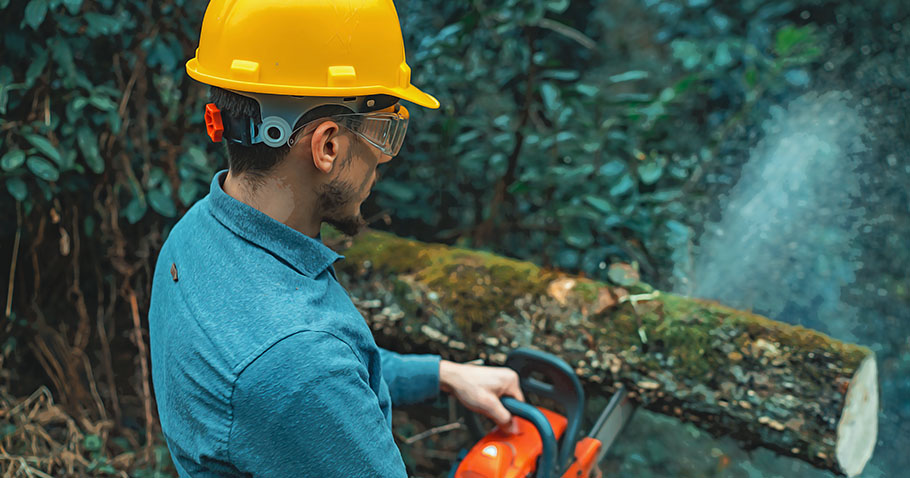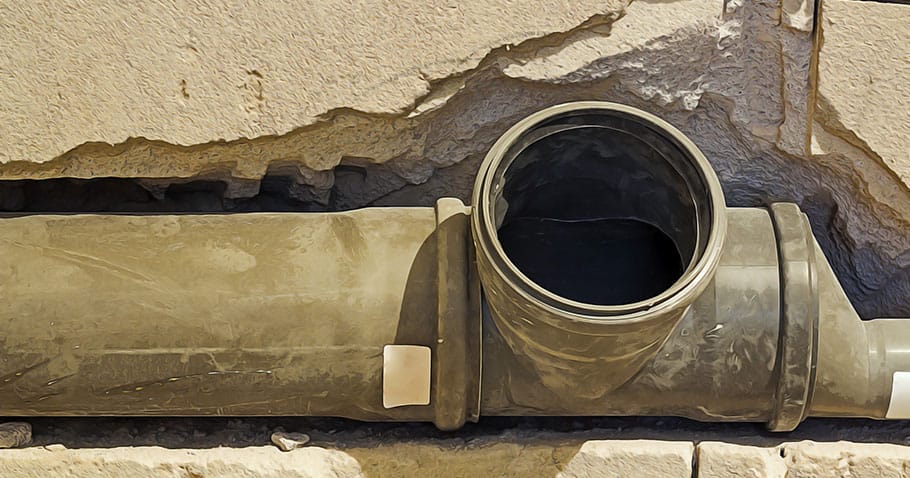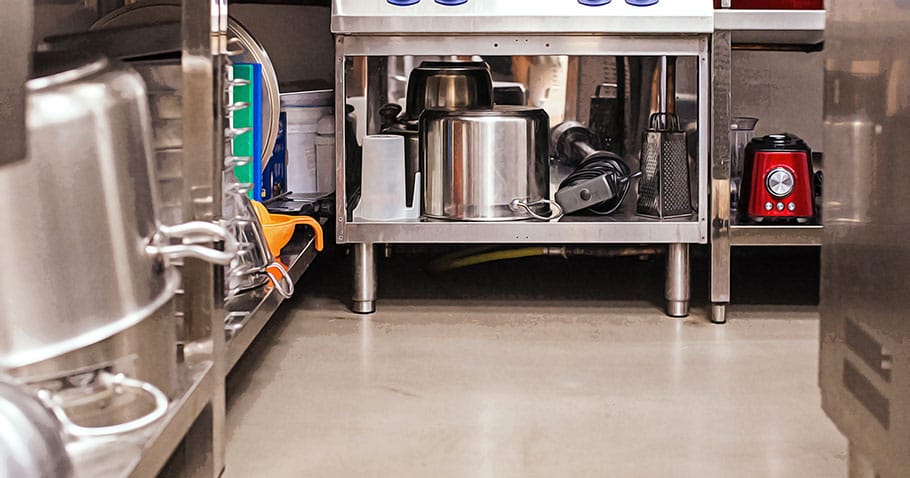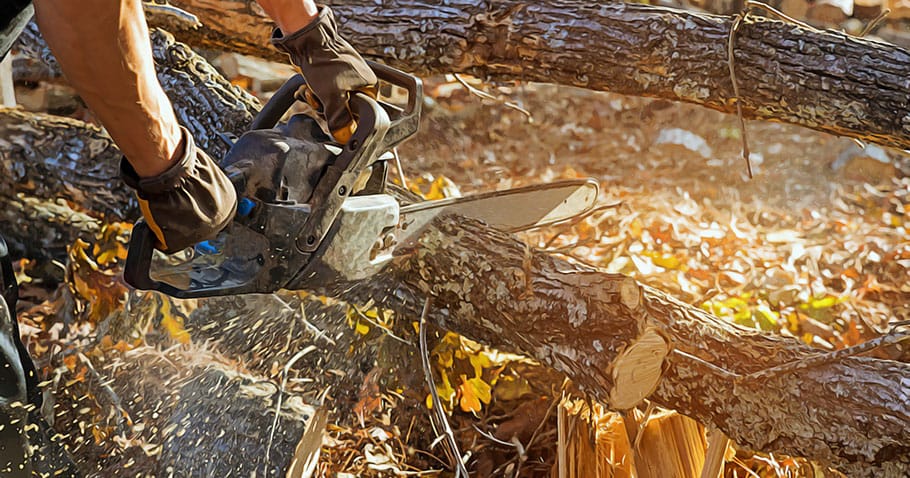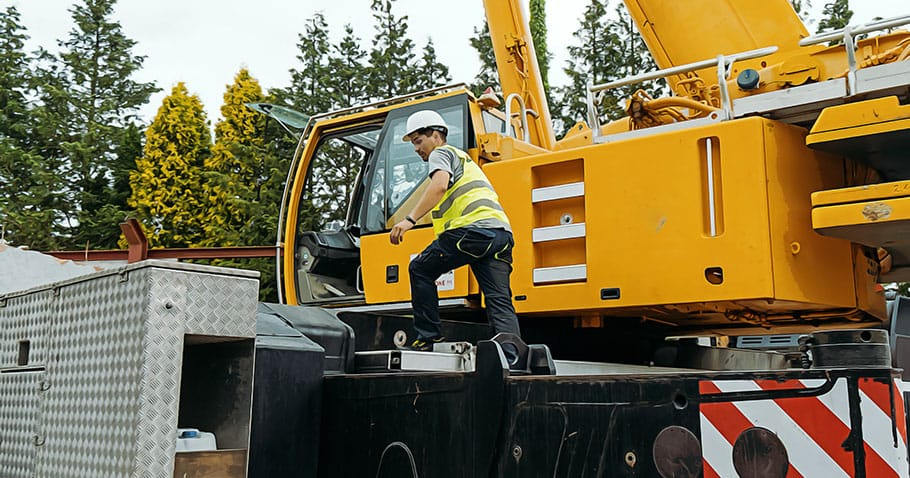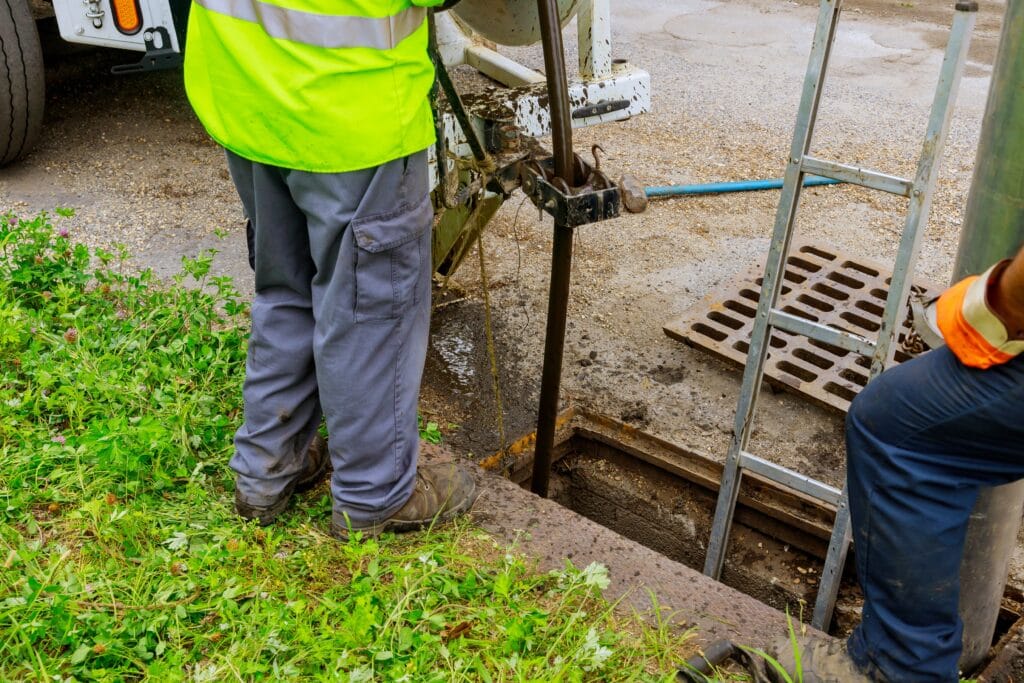Efficient Tree Pruning Waste Management
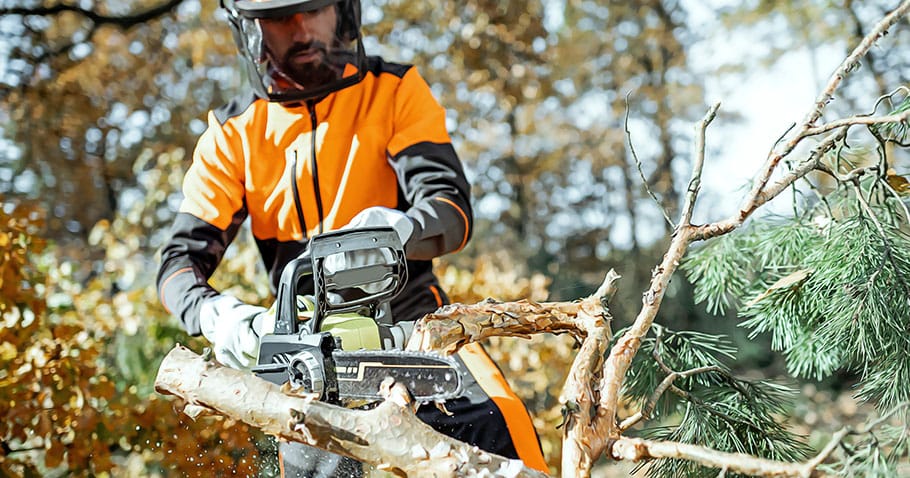
The management of waste generated from tree pruning is a critical aspect often handled by professional arborist services. Each year, countless tons of branches, leaves, and other organic materials are produced from pruning activities. These by-products, if not properly managed, can pose environmental hazards or become missed opportunities for beneficial use. Effective disposal and recycling of tree pruning waste not only helps in maintaining environmental health but also supports sustainability efforts.
Transforming Pruning Waste into Valuable Compost
One of the most environmentally friendly and beneficial methods of disposing of tree pruning waste is composting. Composting converts organic waste materials into a nutrient-rich soil amendment through natural decomposition. The process involves stacking the pruning residues in a designated area or a compost bin and allowing microbial activity to decompose the material over several months. The resulting compost is excellent for enriching garden soil, improving soil structure, and providing nutrients to plants. This method of recycling not only reduces the amount of waste sent to landfills but also enhances soil health and fertility in gardens and landscapes.
Utilization in Landscaping and Gardening: Mulching with Pruning Debris
Another practical approach to managing tree pruning waste is by using it as mulch. Mulching involves spreading processed tree waste such as leaves, small branches, and bark over the soil surface around plants. This practice helps in retaining soil moisture, suppressing weeds, regulating soil temperature, and preventing soil erosion. Furthermore, as the mulch slowly decomposes, it adds organic matter to the soil, thereby improving its nutrient content and overall fertility. Tree services often use chippers to break down the pruning waste into small, uniform pieces suitable for mulching, providing an efficient way to repurpose the organic material.
Woodworking and Crafting: Repurposing Larger Branches
For larger branches and limbs, there are creative and practical recycling options that extend beyond basic disposal. Woodworking enthusiasts and crafters can transform these larger pieces into furniture, art, or other useful items. This not only provides a unique way to recycle but also adds value to what would otherwise be considered waste. From rustic benches and tables to carved sculptures and garden pathways, the possibilities are virtually limitless. This approach not only encourages creative reuse but also supports local craftsmanship and reduces the carbon footprint associated with the production and transport of new materials.
Energy Production: Converting Tree Waste to Biomass Fuel
In regions where biomass energy is feasible, tree pruning waste can serve as a valuable resource for producing renewable energy. Biomass power plants can convert this organic material into electricity and heat by burning it in a controlled environment. This method of recycling not only helps in managing large volumes of tree waste but also contributes to energy production, thereby reducing reliance on fossil fuels. It is a sustainable option that helps in closing the loop of organic waste recycling, turning what is typically discarded into a powerful source of energy.
Professional Recycling and Disposal Services
For those not equipped to personally handle tree pruning waste, professional tree removal services Potomac offer a convenient and efficient solution. These services specialize in the safe removal and disposal of large quantities of tree waste, including branches, trunks, and leaves. They are equipped with the necessary tools and knowledge to handle the waste responsibly, ensuring that it is either recycled or disposed of in a manner that complies with local environmental regulations. Utilizing professional services not only ensures efficient handling of tree waste but also significantly reduces the effort and time involved in its management.
Enhancing Wildlife Habitats with Tree Pruning Waste
Tree pruning waste can be strategically used to enhance wildlife habitats in both urban and rural settings. By arranging larger branches and logs in secluded areas of parks or private lands, these natural materials can provide shelter and nesting sites for various species of birds, small mammals, and insects. This method not only assists in the conservation of local wildlife but also utilizes pruning waste effectively, avoiding the need for disposal. Creating such habitats promotes biodiversity and offers educational opportunities for communities to learn about and engage with their local ecosystems.
Educational Programs and Community Engagement
Implementing educational programs that focus on the benefits and techniques of recycling tree pruning waste can have far-reaching effects. Schools, community centers, and local governments can host workshops and demonstrations on composting, mulching, and crafting from tree materials. These programs not only raise awareness about sustainable waste management practices but also empower individuals and communities to take action. Engaging the public through community gardening projects or local clean-up days where tree waste is collected and repurposed can foster a sense of community and collective responsibility towards the environment.
Innovations in Tree Waste Management Technology
Advancements in technology have introduced innovative ways to manage and recycle tree pruning waste. New machinery and equipment designed to efficiently process and convert tree waste into usable products are becoming more accessible. For instance, portable grinding machines can turn large volumes of branches and leaves into wood chips or mulch on-site, reducing transportation costs and emissions. Additionally, technology for converting wood waste into biochar, a form of charcoal used to improve soil health, is making this high-value product more attainable. These technological solutions not only streamline the recycling process but also open up new possibilities for using tree waste in sustainable applications.
Developing Policies for Sustainable Tree Waste Management
To support the effective recycling and disposal of tree pruning waste, the development of clear policies and regulations is crucial. Local governments can play a pivotal role by creating guidelines that encourage or mandate the recycling of tree waste. Policies could include incentives for businesses and homeowners to choose recycling options or penalties for those who fail to comply with sustainable practices. By establishing and enforcing these regulations, municipalities can ensure that tree waste management contributes positively to environmental sustainability and community health.
The Role of Tree Cutting Services in Waste Management
Through these various methods, the disposal and recycling of tree pruning waste can be managed in a way that benefits both the environment and the community. By choosing appropriate disposal options and engaging in recycling practices, individuals and businesses can contribute to a more sustainable and responsible approach to waste management.
The cycle of waste management often begins with tree cutting services, which play a crucial role in the initial generation of organic waste. These services not only help in maintaining tree health and aesthetics but also contribute to the volume of materials that need recycling or disposal.
By integrating sustainable practices into their operations, tree cutting services Kensington can lead the way in promoting environmental responsibility right from the start. They have the potential to influence how tree waste is perceived and handled, turning it from a disposal challenge into a resource for creative and beneficial use.



